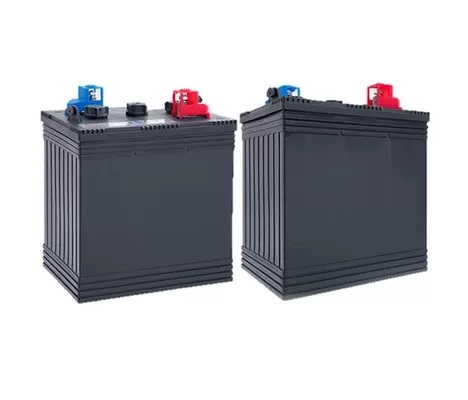If a lead-acid battery cannot be charged after being unused for a long time, there are several steps you can take to try to revive it.
Initial Inspection and Cleaning
- Visual Inspection: Check for any visible damage, such as cracks, bulges, or leaks. If the battery is physically damaged, it should be safely disposed of.
- Clean Terminals: Corrosion on the battery terminals can prevent proper charging. Clean the terminals with a mixture of baking soda and water, using a wire brush to remove corrosion.
Attempt to Charge
- Slow Charging: Use a smart charger or a low-amperage charger to slowly charge the battery. Fast charging can cause further damage to a sulfated battery.
- Desulfation Mode: Some chargers have a desulfation mode specifically designed to break down lead sulfate crystals. Use this mode if available.
Electrolyte Maintenance
- Check Electrolyte Levels: In flooded lead-acid batteries, check the electrolyte levels and top up with distilled water if necessary. Do not overfill.
- Equalization Charge: For flooded batteries, an equalization charge (a controlled overcharge) can help balance the cells and reduce stratification.
Testing and Further Action
- Hydrometer Test: Use a hydrometer to test the specific gravity of the electrolyte in each cell. This can help determine the state of charge and health of the battery.
- Load Testing: Perform a load test to see if the battery can hold a charge under load. If it fails, the battery may need further intervention or replacement.
Advanced Techniques
- Desulfation Devices: Use a desulfator, a device that sends high-frequency pulses to the battery to break down lead sulfate crystals. This can sometimes restore some capacity.
- Chemical Additives: Some products claim to revive lead-acid batteries by adding chemicals that dissolve sulfation. Use these with caution and follow the manufacturer’s instructions.
Replacement
- Professional Assessment: If all else fails, take the battery to a professional for assessment. They may have specialized equipment to revive it.
- Recycle and Replace: If the battery is beyond recovery, ensure it is properly recycled and replaced with a new one.
Preventive Measures
- Regular Maintenance: To avoid future issues, regularly charge and maintain the battery, especially if it is not in use for extended periods.
- Battery Maintainer: Use a battery maintainer or trickle charger to keep the battery charged when not in use.
Taking these steps can often revive a lead-acid battery, but it’s important to remember that sometimes a battery that has been left unused for too long may be beyond recovery and will need to be replaced.


